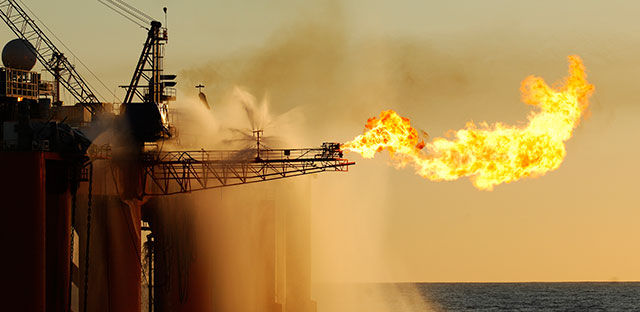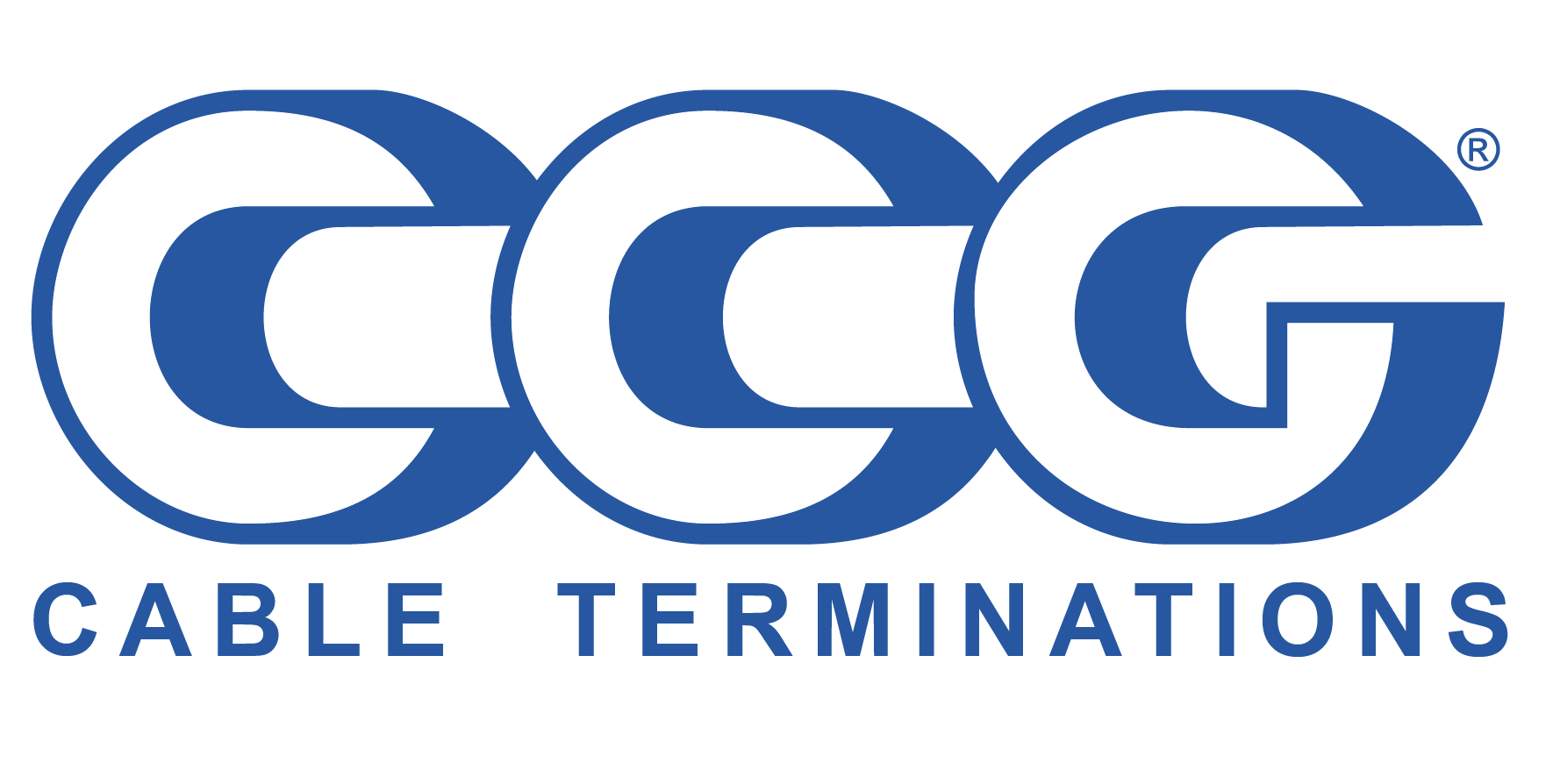Cold Flow - CCG
with Offshore Cable Glands
• Missing Armour Clamp Components
• Cold Flow
• Split Seals
• Corrosion
Time to rethink your specifications…


Cable glands are often considered as simple electrical ancillaries, but in fact they are vital components which must maintain the protection levels of the equipment to which they are attached. Failure to specify the correct type or quality of cable gland could lead to expensive failures or refits later. In this article, Geof Mood of CCG Cable Terminations identifies four things that you ought to know (but probably don’t) if you are installing cable glands in hazardous areas – particularly if the application is an offshore or marine one.
- Changes to IEC 60079-0 – The importance of thread sealing gaskets Edition 7 of this standard was published at the end of 2017 and introduced a major technical change relating to cable glands. The cable gland manufacturer now has to supply the installer with some extra information including how to seal the interface between the cable gland and the equipment it is installed on. That doesn’t sound too serious, but prior to this edition of the standard the cable gland and the equipment would both be separately tested and certified to verify that they would provide Ex protection for the extent of their working life.
Many well-known cable gland manufacturers treated critical thread sealing gaskets as accessories and thus the sealing of the critical interface between the gland and the equipment, the thread sealing gasket, was not tested (unless the cable gland was supplied with a sealing gasket fitted as standard) and was left entirely up to the installer. Some certificates even clearly stated in their ‘Specific Conditions of Use’ (a.k.a. ‘Special Conditions for Safe Use’) that the installer was responsible for sealing the interface. Without the thread sealing gasket first being thermally conditioned and then IP tested as part of the gland testing procedure, there is no guarantee that the sealing method would survive for the life of the installation (and don’t get me started about how fibre washers degrade and break up over time!). This was obviously a crazy situation so IEC 60079-0 Ed. 7 addressed this and the sealing method specified by the cable gland manufacturer must now go through thermal conditioning tests and then the IP tests, etc., before the product can be certified. (Cable gland manufacturers that always supplied their cable glands with sealing gaskets as standard had already been doing this.)
technical change (i.e. “changes to technical requirements made in a way that a product in conformity with the preceding edition will not always be able to fulfil the requirements given in the later edition.”) It is so significant that any cable gland that has been certified previously without a sealing gasket fitted as standard (which is most cable glands, certainly in the UK) must undergo retesting and be recertified. Despite the fact that IEC 60079-0 Ed. 7 has been in existence since December 2017, most cable gland manufacturers have not yet reacted to this major technical change. Failure to fit cable glands certified to IEC 60079-0 Ed. 7 could be a reason for an installation to fail its initial inspection.
(At the time of writing, the new edition of BS EN 60079-0 had still not been published, but IEC 60079-0 Ed.7 can still be used in an ATEX certification as it represents the latest technical knowledge.) Before we leave this topic, it should be noted that the material of the sealing gasket is often what determines the maximum temperature that a cable gland can be used at, so some of the claimed temperature ranges for cable glands will have to be reduced once they are tested with sealing gaskets in place.
Myths debunked Coldflow
Although there is a note to explain what coldflow in cables is, the note gives a description which could equally well describe ‘compression set’, which is a completely different phenomenon. (Indentations made in cables by overtightened cable gland seals are almost always the result of compression set.) Coldflow is best described as ‘the movement of a material when under pressure with no recovery of shape when the pressure is removed’. A simple example of a material that is subject to significant coldflow is modelling clay or putty. When it is pressed into shape it doesn’t spring back again. Note that coldflow can happen with quite small forces, and may happen over an extended period.
The result of the poor wording in 60079- 14 has been confusion and a proliferation of myths regarding coldflow in cables, including the canard that ‘all cables suffer from coldflow’. In the world of the pedantic they do, but only in the same way that steel and glass suffer from coldflow. Coldflow in cables only becomes important when it is ‘significant’, so when is that?
To cut a very long story short, it is only when the cable being used is a BFOU or RFOU type cable made to comply with the NEK 606 specification and even then, the only part of the cable that is affected is the inner bedding and not the outer sheath. The bedding of these cables is a thermoplastic, in common with a lot of cables, but in this case the bedding material is relatively soft. Softer in fact than a cable gland seal so that when the two of them are pressed together, it is the cable bedding and not the cable gland seal that is displaced (this is after all what we mean by one thing being harder than the other). Coldflow can be tested using a simple hardness tester (a Durometer). If the bedding of the cable is less hard than the cable gland seal then there is a risk that the cable is at risk of significant coldflow. If the durometer is left in contact with the cable bedding and the durometer reading continues to fall then the cable bedding is definitely at risk of significant coldflow. It gets worse…

